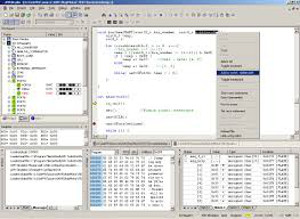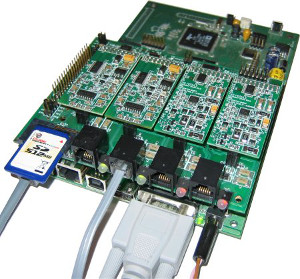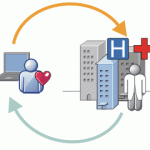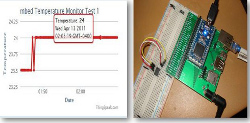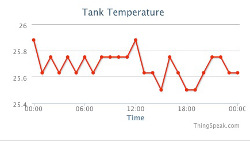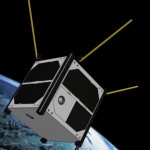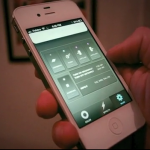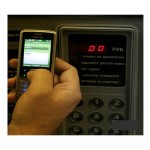Agile project management practices, which can be applied to the management of hardware development or other engineering projects – and not just the software development projects for which these methods were mostly originally developed, have the potential to deliver increased customer satisfaction compared to traditional project management methods such as the “waterfall” technique.
These improvements in customer satisfaction that can be achieved by Agile projects come about because of a combination of many different advantages that Agile practices can offer, particularly in the ways that Agile project techniques involve and engage the customer, the customer’s feedback, ideas and expertise throughout the product development lifecycle.
These Agile project management practices can increase the satisfaction of your customers by keeping the customers involved and actively engaged through the development cycle of their new product, making the customer feel like they are a valuable, integral part of the project team – which, of course, they are.
This enables rapid and precise feedback between the customer (or customer representatives and advocates on the team such as the “Product Owner”, who often play an important role in Agile project teams) and the development team.
Furthermore this also gives the development team an intimate contextual understanding of the customer’s requirements, specifications and ideas by keeping the customer or customer champion embedded in close contact with the development team. Finally, customer satisfaction is increased thanks to your progress and with the product; these practices can help to make the product itself fundamentally better, too.
Whilst these kinds of Agile project methodologies can work at their best when an actual customer representative is available frequently for team meetings, to communicate product requirements and business needs, if a customer representative is not available then the Product Owner, a role filled by one member from the project management team, can perform this role effectively.
The “Product Owner”, who is a core part of many Agile project teams, is an expert on the customer’s needs and product requirements, and serves as an advocate for customer and business outcomes, constantly directing the team in a direction that is focused on customer results and customer centred value, rather than considerations such as what is technically easiest, or technically most elegant, which otherwise may be given greater emphasis by the engineering or development teams.
Agile project management practices can deliver improved customer satisfaction and customer-focused outcomes by keeping the product backlog updated regularly and prioritised, allowing the team to quickly and efficiently respond to urgent issues, to newly established product requirements, or other changes that need to be addressed, without wasting time with less organised project management or implementing new features or changes that are less urgent and less important to the customer and business outcomes. Agile practices can also deliver improvements in customer satisfaction and product outcomes by demonstrating working functionality to customers in every sprint review.

This rapid iteration of new prototypes and repeated demonstration of working software or hardware technology gives the customer and/or the Product Owner a very clear understanding of the project progress that is being made, inspires new ideas for features or changes either in the product itself or in the ways that the product may be used or marketed, and allows for rapid discussion of changes, improvements or design specifications that are desired between the customer and the project team.
Another way that Agile management practices can result in a project with relatively strong satisfaction for the customer is by delivering products to market quicker and more often with every release.
Finally, another factor that can allow Agile project management techniques to deliver greater customer satisfaction from your project is by possessing the potential for better results with self-funded or crowd funded projects; allowing the scope, scale or schedule of a project to rapidly be changed even in the middle of the project development cycle.
This means, for example, that Agile projects can adapt to be most compatible with a changing or insecure funding environment, a self-funded environment with very limited access to cash flow and resources, a crowd funding project that has delivered funding less than what has been hoped, or a crowd funding project that has turned out much more successful than anticipated, with plenty of upfront funding available, but with demands for manufacturing scale and product fulfilment that are much larger than originally anticipated.
These and other Agile hardware development techniques can be harnessed by any organisation. However if this is new to you, or it seems like a complex path – then consult the experienced team here at the LX Group.
We can partner with you – finding synergy with your ideas and our experience to create final products that exceed your expectations.
To get started, join us for an obligation-free and confidential discussion about your ideas and how we can help bring them to life – click here to contact us, or telephone 1800 810 124.
LX is an award-winning electronics design company based in Sydney, Australia. LX services include full turnkey design, electronics, hardware, software and firmware design. LX specialises in embedded systems and wireless technologies design.
Published by LX Pty Ltd for itself and the LX Group of companies, including LX Design House, LX Solutions and LX Consulting, LX Innovations.

